Taking Measure
Just a Standard Blog
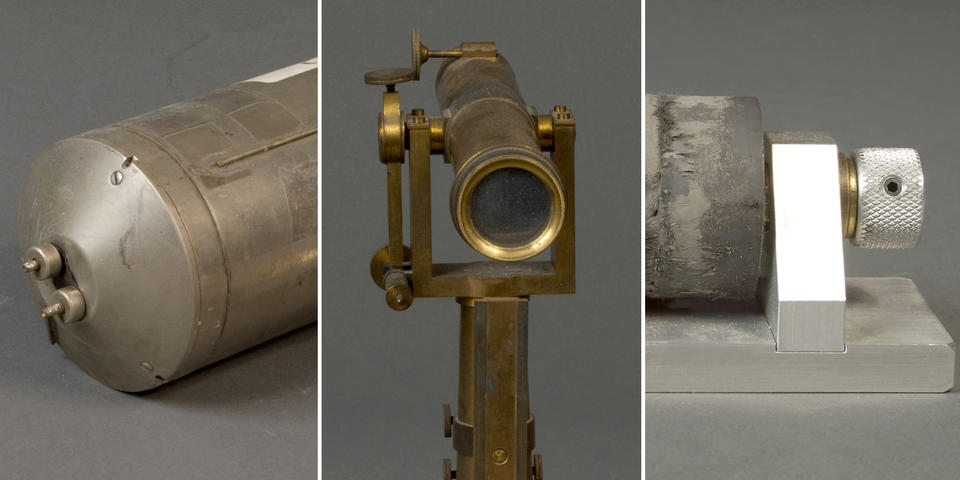
Three unexplained technological oddities for your examination.
In celebration of National Inventors Month 2019 (yes, it’s a thing) we’re highlighting some curious inventions currently cooling their heels in the NIST museum’s basement storage area. These innovations, created some decades ago, have been safely preserved and protected by the stalwart staff of the NIST museum. Trouble is, we’re not entirely sure why these particular inventions were… invented.
Welcome back to Unidentified Museum Objects, our sporadically recurring series that gives you, our readers, a chance to sound off on what you think this stuff might be.
Enigma machines
Item 0494:
Described in the archives as an “unknown aluminum and rubber instrument,” this little guy has an aluminum base and a metallic wheel that may have been coated in rubber at one time. Its dimensions are 7 x 13 x 5 centimeter—about the size of an office stapler.
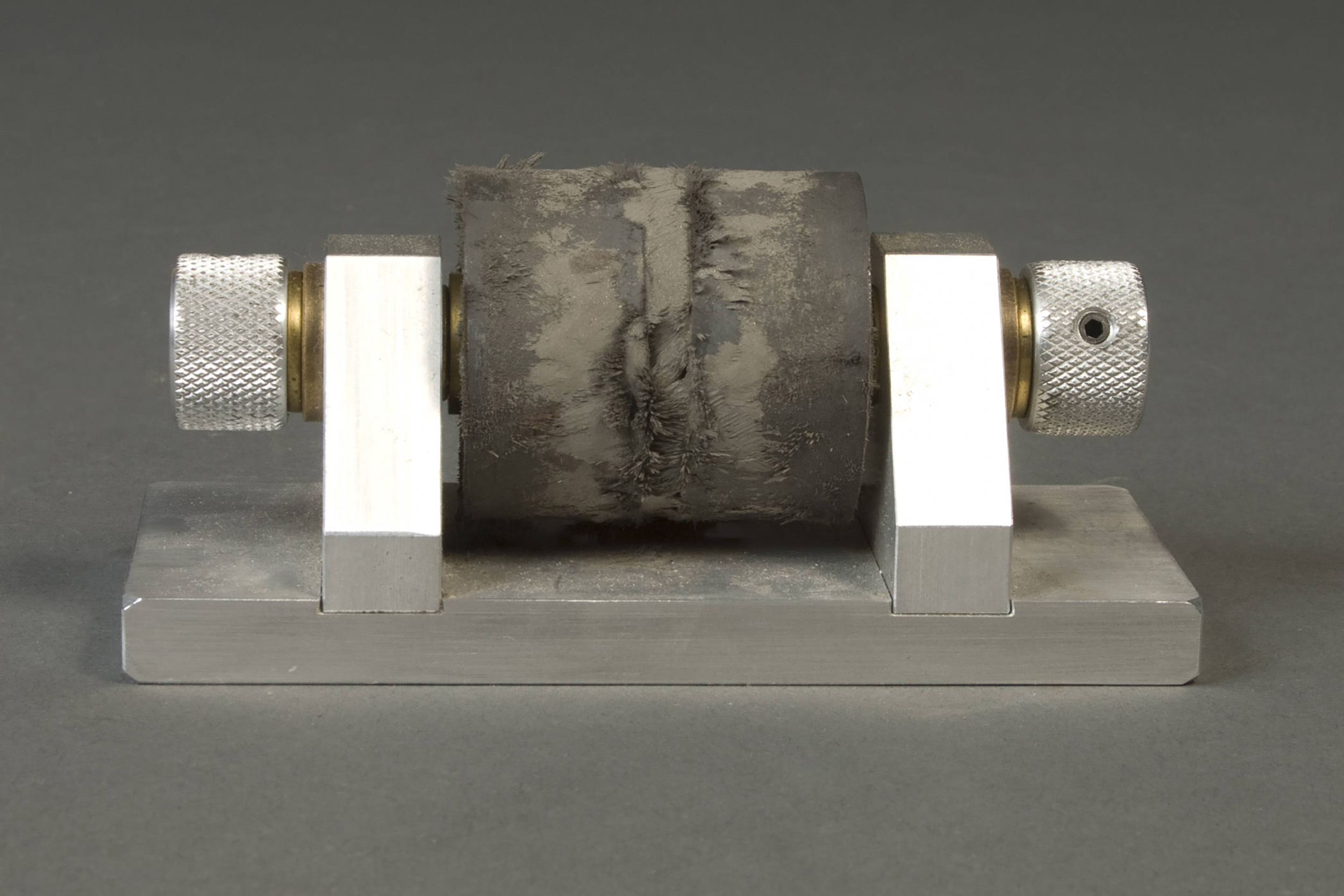
Item 0467:
An “unknown optical instrument.” Could be useful for keeping an eye on what the researchers in the lab across the street are up to.

Item 0531:
This “silver cylinder with cap” is cryptically marked “2B” on the long side (which isn’t visible in the picture) and measures 20 x 8 x 8 centimeter. It’s obviously a next-generation cocktail shaker designed to produce SI-traceable mixed drinks.
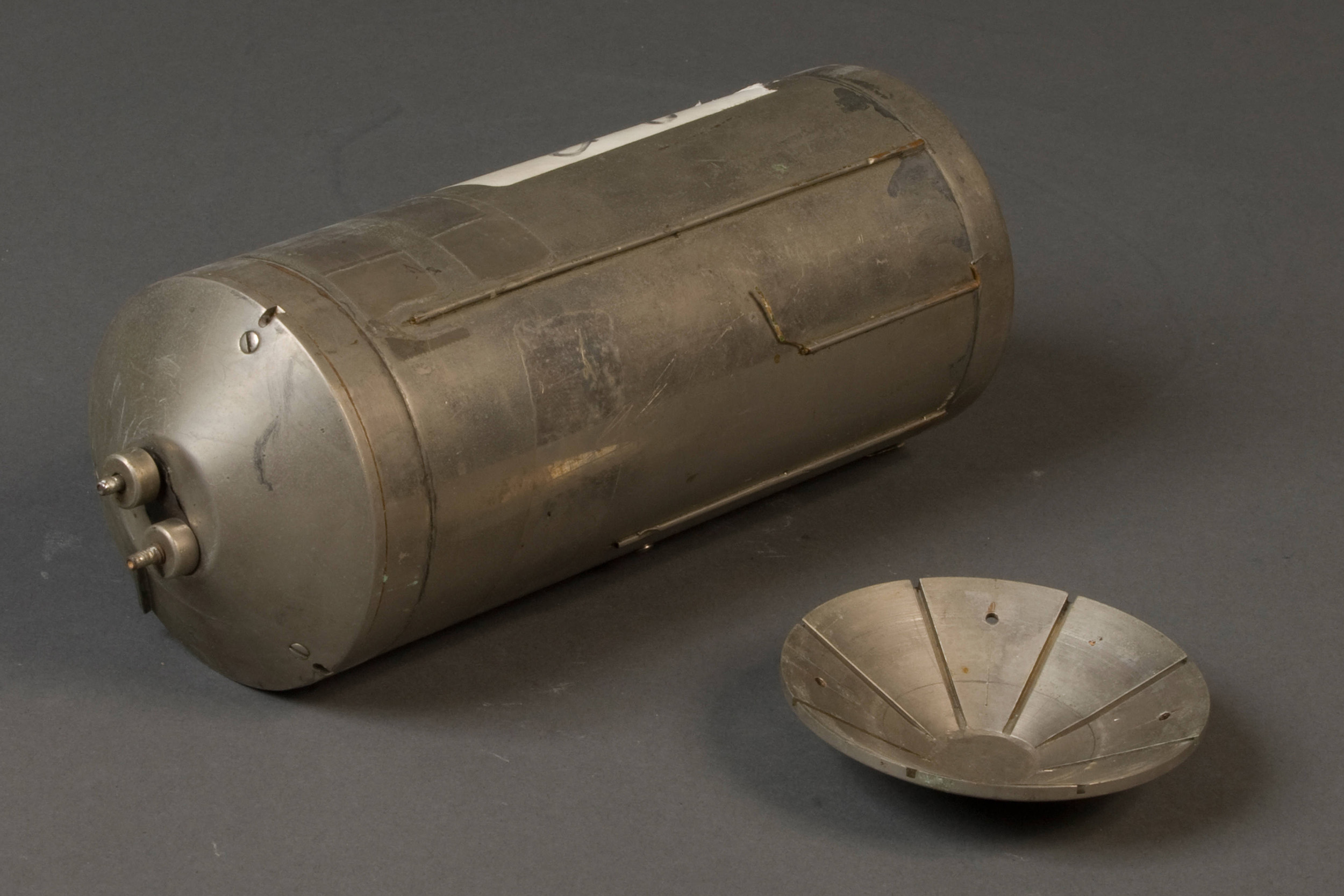
Any idea as to what these things really are? Let us know in the comments below.
And here’s what we heard from you after our previous installment:
Say, is that a spiral borosilicate manometer?
An unknown object was successfully identified thanks to a retired NIST researcher who recognized it. We also received a slew of responses — some even serious — on a device that still makes me a little anxious to look at.
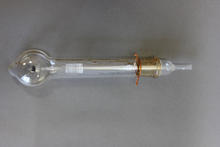
Joe Ritter (retired NIST researcher)
Item 0002 is a spiral borosilicate glass tube manometer. I had two of these in my preparative chemical vacuum system when I worked at NIST. In the 1960s, preparative chemical vacuum systems were typically equipped with mercury manometers to measure pressure. Unfortunately, mercury vapor reacts with some of the more sensitive compounds I was working with at that time, so when NIST (then NBS) moved to Gaithersburg in 1966, I solved the problem by going “mercury free” with a pair of these spiral glass tube manometers installed in my newly rebuilt system.
For more information on this now identified museum object, check out the NIST digital archives.
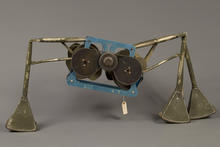
Shannon Edwards (NIST)
Item 0373 is a prototype for an Imperial walker.
Ross Haynes (NIST)
I’m pretty sure item 0373 is the prototype to the mechanical spider seen the in 1999 film “Wild Wild West” starring Will Smith.
Peter Tsai (NIST)
I think item 0373 may be used to experiment with the animation of a walking or scooting motion.
Peter Brown
(commenting via NIST’s “Taking Measure” blog)
I think item 0373 is a model to explain how a walking duck toy works.
Bob Race
(commenting via NIST’s “Taking Measure” blog)
The legs on item 0373 look like a similar type used in Theo Jansen's Strandbeest.
David Birch
(commenting via NIST’s “Taking Measure” blog)
The treads on the bottom of the feet of item 0373 may suggest it could move a sheet along a surface.
SocalSam Citizen Scientist
(commenting via NIST’s “Taking Measure” blog) Could item 0373 have been a way to test wear on carpet? Or shoe sole wear?
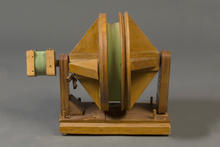
Storkus
(commenting via NIST’s “Taking Measure” blog) When looking closely at Item 0268, it appears that it is very deliberately missing anything ferrous or magnetic like nails, screws or staples. If so, the twin coils mean it's definitely a magnetic-field measurement device.
Now it's over to you! Give us your best guesses (positive identifications are also welcome) in the comments below.
About the author
Related Posts
Comments
May I suggest posting these in the subreddit -reddit.com_r_whatisthisthing/
The users there are usually spot on in identifying unknown objects!
Item 0467:
Optical alignment tool for inferemeters.
Item 0467 is a fire hose mangle. Meant for squeezing your fire hose dry like rolling up the bottom of your toothpaste. Brilliant!






0469 appears to be a small telescope, of a kind commonly used to align instruments (e.g., to the thing being measured—such as the placement of a light bulb to standardize the location of its filament in the apparatus). That can be tested by looking through it. What do you see? There is some doubt, however, because of the tripod base. Alignment telescopes are often permanently fastened to the instrument in order to maintain the alignment.